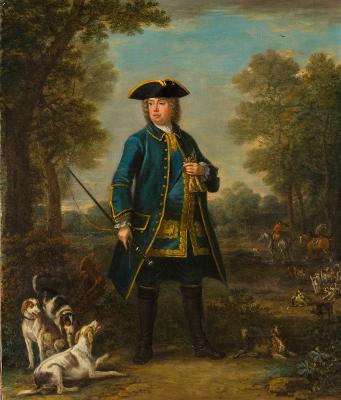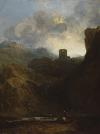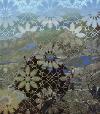Access, ownership, identity and survival

Turner engaged with the modern world, more than many other artists of his time. His work demonstrates that he was aware of current affairs. These included the Napoleonic wars, colonial expansion, physical changes and protests in the countryside brought about by the Industrial Revolution, land enclosures, urbanisation and pollution.
Some of these topics are still current. Issues around access to land are politically charged. During Turner's lifetime, thousands of acres were enclosed, increasing landowners' profits but excluding vast numbers of people from what had been common land. The 'right to roam' is still hotly debated today.
Roaming, moving freely within the landscape, has often been idealised in art as symbolising closeness to nature. Turner and other artists portrayed Gypsies, Roma and Travellers in this romantic way.
Many people lead nomadic lives, but by contrast with Travelling communities, not always by choice. Contributing factors to migration include unemployment, war, or a decreasing ability of some environments to sustain life. Depriving people of their home landscapes may threaten both their identity and their existence.
Looking at a familiar landscape may bring a sense of security. Landscape is inextricably linked with identity and feelings of homecoming. We talk of 'feeling grounded' or 'finding our roots'. Features within a landscape may resonate closely with national, cultural or family histories. Being in a certain place may arouse overwhelming emotions of love, pride, or protectiveness.
Did you know?
Today, in England 92% of land, and 97% of waterways, are privately owned.
Between 1604-1914 over 6.8 million acres of land in the United Kingdom were legally enclosed.












